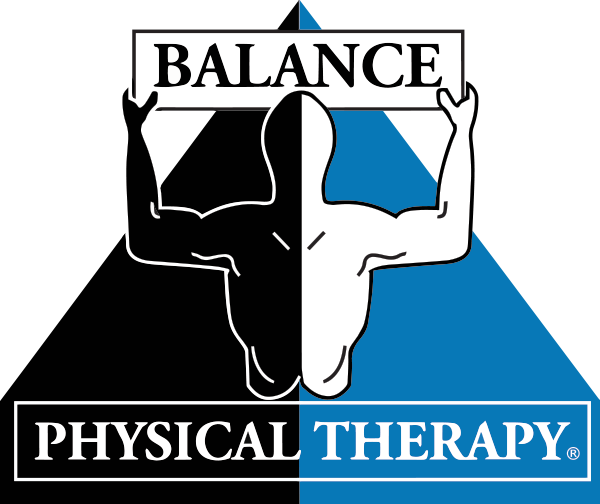Exploring the Varied Techniques of Physiotherapeutic Therapy for Improved Recovery and Restoration
Exploring the Varied Techniques of Physiotherapeutic Therapy for Improved Recovery and Restoration
Blog Article
Physical rehabilitation is an essential discipline that helps people heal from traumas, operations, and multiple medical conditions. It entails a range of methods designed to improve mobility, alleviate discomfort, and boost overall physical capability. Physiotherapy therapists are qualified professionals who assess each patient’s needs and develop customized care plans. These plans often consist of workouts, hands-on therapy, and education about body movements. By using these varied approaches, physical can substantially enhance a person’s quality of life.
One common method used in physiotherapy is therapeutic exercise. This includes targeted actions and exercises that assist strengthen muscles, enhance flexibility, and boost stamina. For example, a client rehabilitating from leg surgery may perform workouts that focus on restoring strength in the leg muscles. These exercises are carefully selected based on the patient’s status and goals. By gradually increasing the intensity and challenges of the activities, physiotherapy therapists can assist clients regain their power and mobility over a period.
Another important method is hands-on treatment, which includes physical methods to manipulate the human body soft muscles and joints. This can entail flexibility exercises, mobilization, and manipulation. Manual treatment aims to relieve pain, reduce inflammation, and improve blood flow. For instance, a therapist may apply gentle pressure to relieve stress in tight muscle groups or to help a articulation move more smoothly. This method is often combined with other therapies to enhance rehabilitation and encourage recovery. Patients often find hands-on therapy to be a soothing and effective way to control their discomfort.
In furthermore to exercises and hands-on treatment, education plays a vital role in physiotherapy. Therapists instruct patients about their issues and how to manage them effectively. This may entail guidance on proper posture, body mechanics, and techniques to avoid future traumas. For example, a practitioner might show a client how to lift weighty objects safely to prevent injuring their spine. By empowering patients with understanding, physical practitioners assist them take an engaged role in their rehabilitation and encourage sustained health and fitness.
Finally, technological advancements is progressively being incorporated into physical practices. Devices such as ultrasound, electrotherapy stimulation, and immersive reality can improve traditional therapy methods. These tools can help alleviate discomfort, promote recovery, and provide interactive methods for clients to participate in their recovery. For instance, virtual reality can create engaging environments for patients to practice movements in a safe and protected environment. As technology continues to develop, it offers exciting opportunities for improving rehabilitation results in physical.
In conclusion, physiotherapy encompasses a variety of methods that function together to assist recovery and healing. Through rehabilitative exercises, hands-on treatment, patient instruction, and the use of technological tools, physical therapists offer comprehensive treatment personal training for weightlifting customized to each individual’s requirements. This comprehensive approach not only helps clients regain their physical abilities but also enables them to maintain their health in the long future. As more individuals acknowledge the benefits of physiotherapy, it continues to play a crucial part in the journey toward enhanced well-being and well-being.